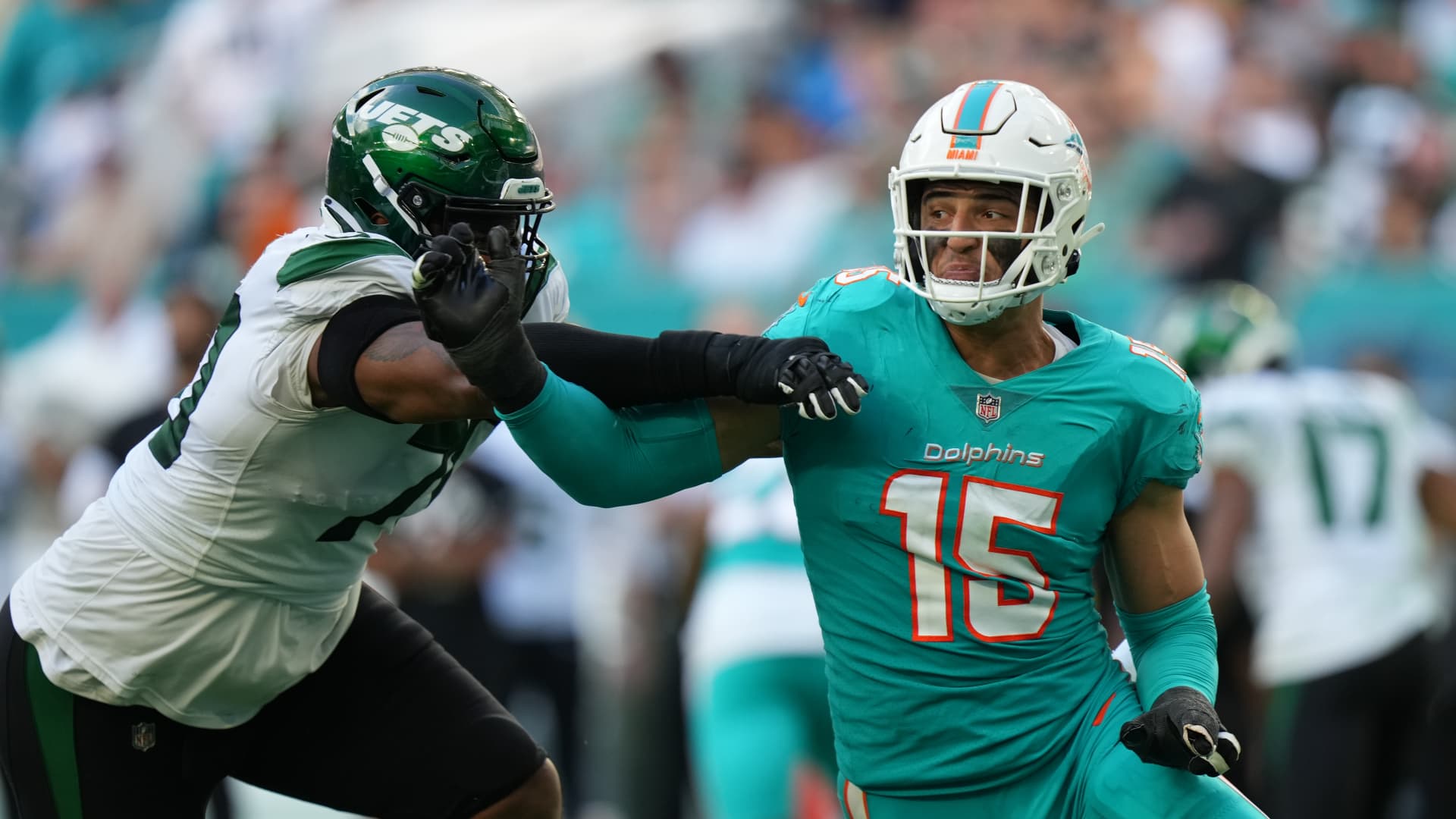The National Football League has chosen to broadcast its first ever Black Friday game exclusively on Amazon’s streaming platform, Prime Video. The move represents a further sign of the weakening of traditional TV networks, which have been struggling with declining revenue and customers ditching cable in favor of streaming services.
Amazon’s “Thursday Night Football” deal has helped increase viewership of NFL games by 6% in comparison to the previous year, and the streaming of the Black Friday game will tap into the surge in viewership experienced after the Thanksgiving holiday in 2020.
NFL and Amazon executives anticipate the Black Friday game will become an annual tradition as they aim to drive e-commerce sales. QR codes featuring links to Amazon’s Black Friday deals will be displayed during the broadcast, and a postgame concert by country music star Garth Brooks will be featured exclusively on Amazon.
Notably, Amazon’s deal with the NFL is just one example of how live sports programming is making the shift from cable to streaming. Warner Bros. Discovery has also followed suit, launching its Bleacher Report Sports Add-On Tier for the company’s flagship streaming platform Max, which offers subscribers access to hundreds of live sports events. ESPN will soon follow, bringing all its programming to a direct-to-consumer streaming service to be launched by 2025. This move could potentially hasten the decline of traditional TV.
However, sports programming has so far helped sustain linear television, with a resurgence in viewership driven by college and professional football in August and September. ESPN has been a major beneficiary of this trend, capturing the top 11 telecasts in September, 10 of which were football-related. The network managed to achieve a modest increase in ad revenue, while overall TV revenue for its parent company Disney fell.
Despite the impending shift to streaming, ESPN’s dominance may still pose a threat to traditional TV. Disney’s planned direct-to-consumer ESPN service could accelerate cord-cutting, and many industry insiders anticipate this move will be a game-changer for live sports programming, forcing other networks to reimagine their business models. Some media companies, such as Fox, have not yet embraced streaming, setting them up for potential vulnerabilities in the future alongside the larger loss of ad revenue. The ultimate impact of shifting sports content from linear television to streaming platforms remains to be seen.






